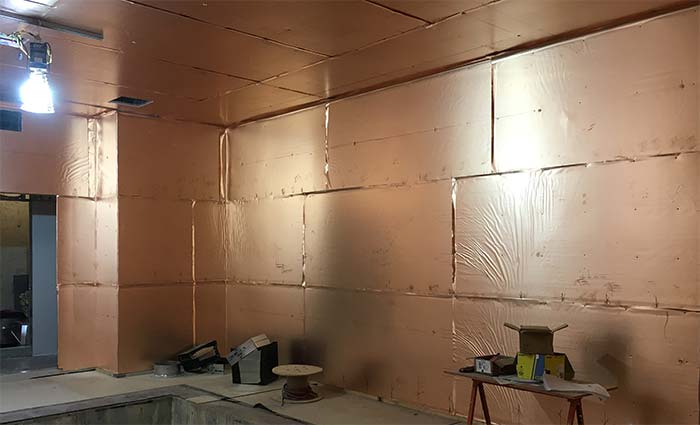Basement water problems can be serious if not handled properly and immediately. Though it is common among house owners, it can lead to flooding, loss of furniture, irritable odour, and a collapse of the foundation. This is why basement waterproofing is highly recommended.
The basement provides you with several signs of water buildup like marks, cracks, bulgy walls, etc. it is good to know these signs; however, if you can’t fix them, it doesn’t solve anything.
If you have this issue, relax, you are covered. In this guide, you’ll see how to fix some of the major problems yourself.
1. An Interior Water Leak
Whenever you discover water muddles in your apartment, it might not be from your foundation or basement. First, check your plumbing to see if there’s any leak or blockage. Also, check your gadgets like washing machine, refrigerator, Air Conditioning, etc. if they’re the water source. You can also check the walls and ceilings to determine where the source of the water.
If the leak is from indoors, then it is an easy fix. You can easily repair this yourself, and if you can’t, you can employ the service of a plumber to help fix it.
2. Ineffective Grading
Normally, water should slope away from your apartment. However, if your property isn’t well graded, it might cause rain and groundwater to gather around your property and then seep in. it might also be a result of your soil not being compacted enough.
However, to solve this, you need to build up dirt and soil around your house, creating a slope that directs water away from your apartment. This will reduce the build-up of water around your foundation
3. Missing or Defective Gutters and Downspouts
Gutters and downspouts are installed to help direct water away from your foundation. When these two become missing or ineffective, rainwater becomes directed towards your house’s foundation. When this happens, the soil around the foundation becomes wetter, making it easier for water to seep into the foundation than into your basement.
If there are no gutters, consider adding one. And if you have gutters, try clearing them to ensure the free flow of water. If the gutter is small, you can try expanding it to suit the water flow. Also, you can install downspouts to help drive water away if you don’t have it already.
4. Cracks in Your Foundation
The presence of cracks in your foundation can encourage the seeping of water into your basement. And sometimes, when the water accumulates around the foundation, it creates pressure which drives water into the walls, creating cracks through which water enters the basement.
You can fix this problem by enabling your external drainage and making them work properly. This will ease the pressure on the walls and make them easy to fix.
5. Poor or Missing underground drainage
For you to have a habitable basement, you need to have subsurface drainage. However, some basements were not constructed to be habitable, hence, the absence of under-the-floor drainage. This might lead to clogged pipes, broken connections, broken sump pumps, etc.
Unfortunately, problems associated with subsurface drainage systems are serious ones. If you feel the problem lies here, contact a professional, as it involves digging and connecting to various other pipes that may expel moisture at any time. You might not know what is what or which tool to use.
With these tips, you can easily fix any problem that might have caused the basement water. And remember to fix the problems as soon as possible before it goes out of hand.

